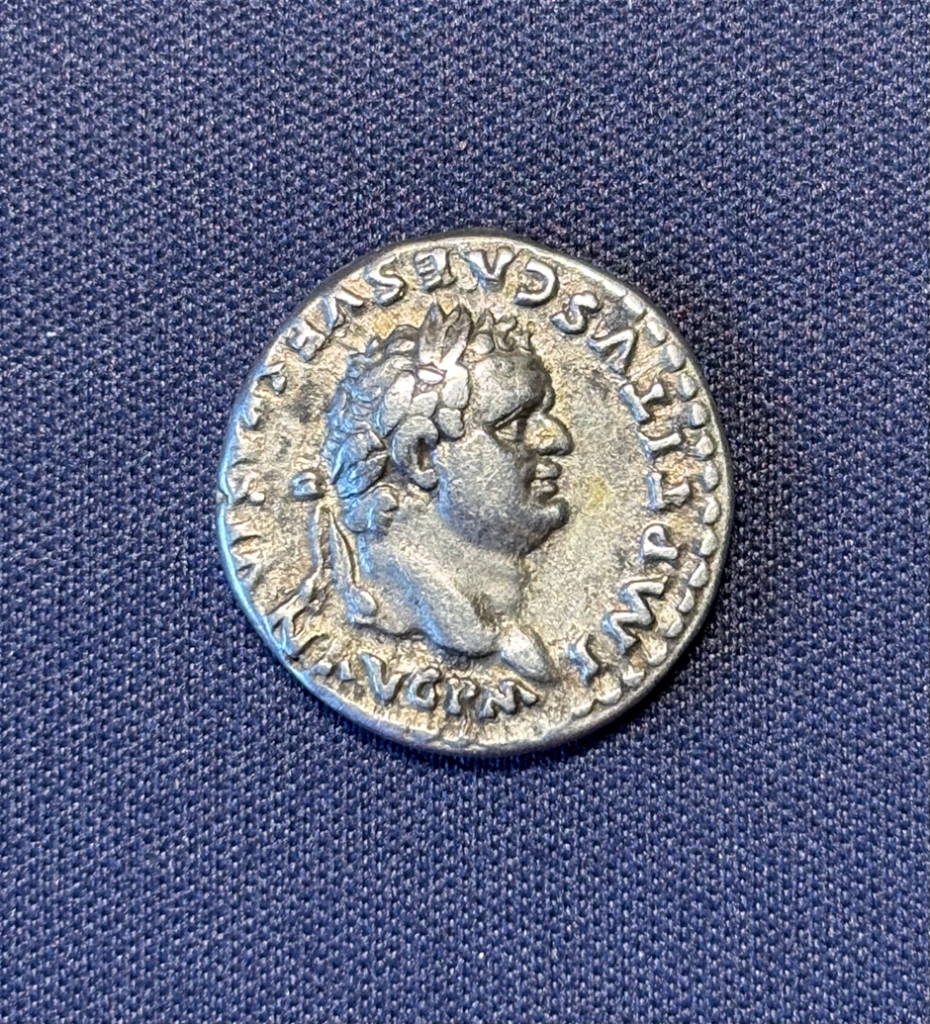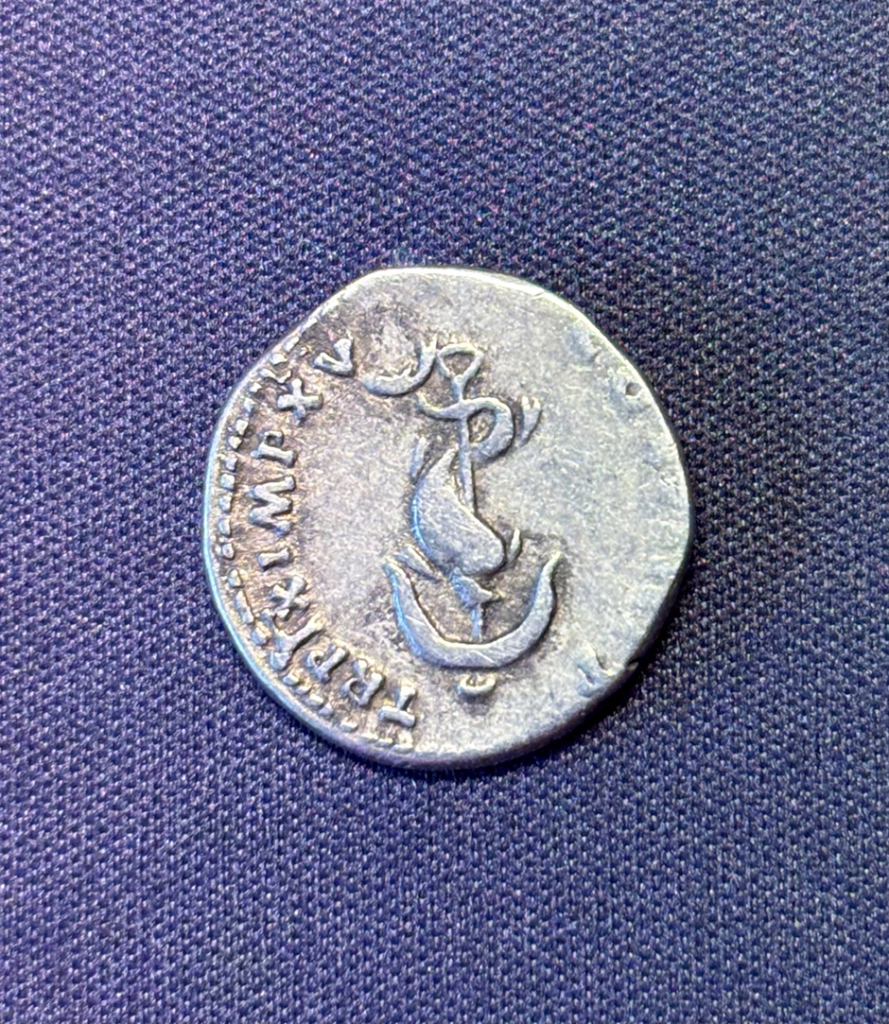In this post, I will discuss a common Roman expression which was a particular favourite of the emperor Augustus (63 BCE- 14 CE), and how this is relevant in the modern world. The Latin phrase is ‘festina lente’ which can be translated as ‘make haste slowly’. Like many Roman ideals, it was in fact appropriated from Greek culture, the Greek phrase being ‘speude bradeos’. The saying itself is an oxymoron which emphasises the balance between acting with speed yet taking care to avoid rash decisions. Essentially, this phrase means that speed is of value but if something is done too quickly you will make mistakes and take longer in the end.
Augustus
Suetonius (Augustus 25) discusses the Greek origin of the phrase and explains that Augustus was heavily invested in its ethos. This is not surprising- Augustus was the first emperor of Rome, who introduced new institutional frameworks which were to last for the next three centuries. This ideological reorganisation was all carried out with speed, precision and at times a certain ruthlessness (Hornblower & Spawforth, 1998). An effective emperor needs good generals, and Suetonius notes that Augustus continually advised his generals on the importance of urgency balanced with careful planning, adding an alternative version of the motto: ‘Give me a safe commander, not a rash one’. An aureus (a gold coin of high value, equivalent to 25 denarii) of Augustus which was minted in 19-18 BCE is thought to represent festina lente. The reverse of this aureus shows a crab holding a butterfly, with the crab representing slowness and the butterfly representing speed and impulsivity.
Titus
This motto retained its popularity, next surfacing in coinage during the reign of the emperor Titus (Titus Flavius Vespasianus), who was emperor from 79- 81 CE. Titus is probably best known for completing the Colosseum which was begun by his father Vespasian. In addition, he instituted relief efforts for the survivors of the eruption of Vesuvius in 79 CE as well as the large fire which engulfed Rome a year later. Although his reign was short, he was considered by the ancient historians Suetonius and Cassius Dio to have been a good emperor. However, Cassius Dio does admit that his rule of only two years simply was not long enough to make any definitive judgements (Hornblower & Spawforth, 1998). Titus issued this silver denarius around 80 CE, shown in Figs. 1 and 2. The obverse in Fig. 1 depicts a laureate bust of the emperor Titus and the reverse in Fig. 2 depicts a dolphin entwined around an anchor. This symbol represents the festina lente mantra, with the speed of the dolphin being tempered by the strength and stability of the anchor.


Propaganda
As I have previously discussed, coins were often powerful tools of propaganda in the ancient world. In issuing this coin, the emperor Titus would have been aligning himself wholeheartedly with the festina lente philosophy: here was an emperor who was decisive yet prudent, and the empire was safe in his hands. On a deeper level, the fact that this particular proverb was so heavily associated with the emperor Augustus, who continued to be much revered by the Romans, indicates that Titus may have been attempting to enhance his rule by positively aligning himself with the philosophy of Augustus.
This symbol of the speed of the dolphin being tempered by the strength and stability of the anchor became the definitive symbol of the festina lente proverb. The depiction of the dolphin and anchor is one which persisted into the Renaissance period, when the leading Italian Renaissance printer Aldus Manutius adopted it as his publisher’s imprint. This was then used by the Aldine publishing firm for the next 100 years.
Modern Usage
The ‘make haste slowly’ motto has persisted into modernity, albeit with the slightly different wording of ‘more haste, less speed’. Although this phrase was employed by the Roman state to apply to military conquest and rule, it has many different applications in the modern world, such as sport, education and business. For example, the experienced teacher would ensure their pupils have a good grounding of core skills before proceeding to a more advanced level, and the effective project manager would ensure that all steps are first completed by individual team members in order to realise the ultimate project objective.
So, next time you have a challenging task to complete, it might be worthwhile following the mantra of the emperor Augustus and…
Pause…
Take a deep breath…
And make haste slowly!!!
Bibliography
Ancient Sources:
- Suetonius The Twelve Caesars, Robert Graves (trans.) (1957) Penguin, London.
Modern Sources:
- Hornblower, S., Spawforth, A. (1998) The Oxford Companion to Classical Civilization (2nd ed.), Oxford University Press, Oxford.

Leave a Reply